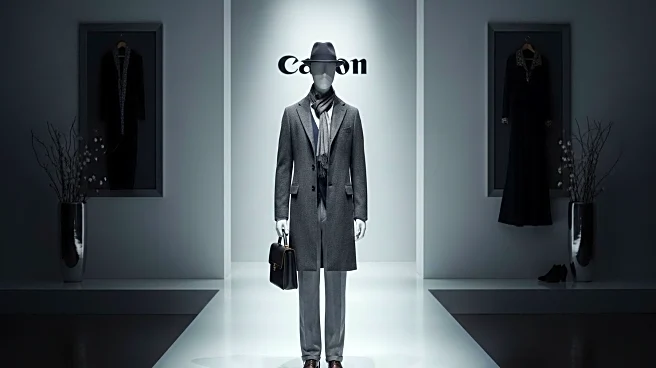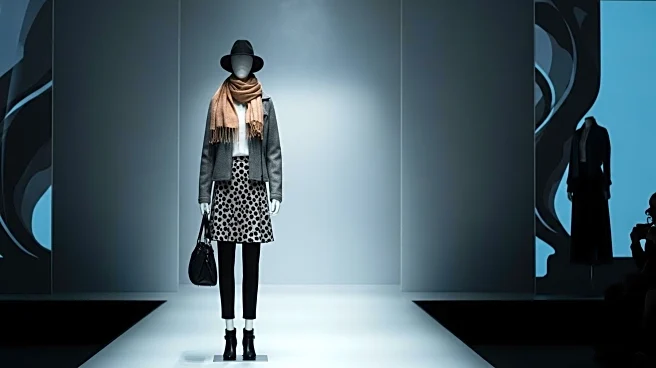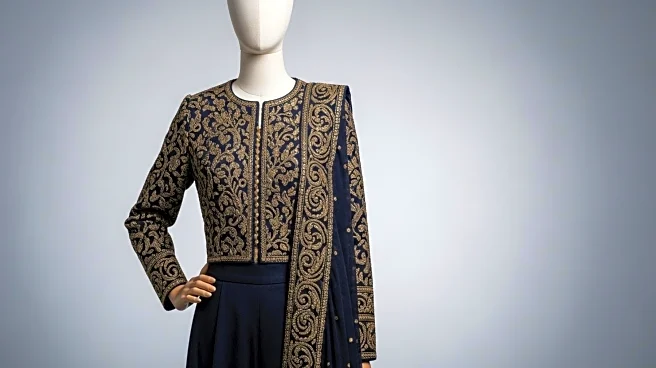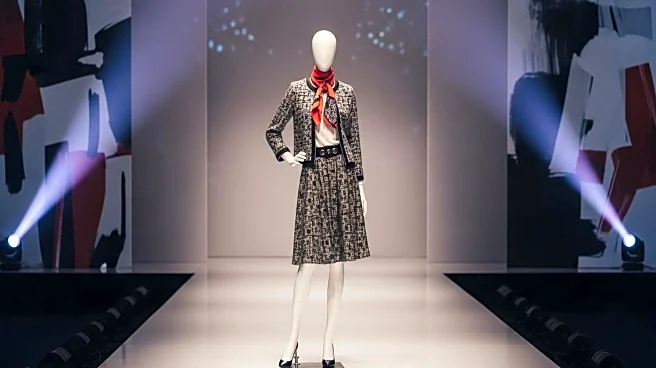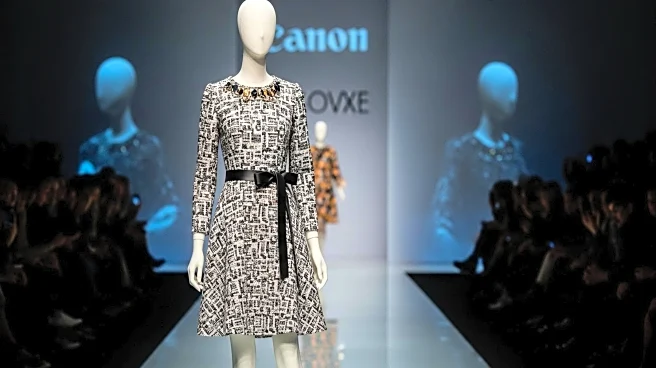What's Happening?
Sorority rush events at southern universities, particularly those documented on the social media platform TikTok under the hashtag RushTok, have become a cultural phenomenon. These events showcase the fashion choices and social dynamics of young women seeking membership in sororities. The trend has evolved into a form of reality television, with participants sharing their 'outfit of the day' videos, highlighting both affordable and luxury fashion items. The sorority rush process involves significant financial commitments, with new-member fees averaging around $5,000 at institutions like the University of Alabama. The events have also sparked discussions about race and inclusion, as historically white sororities face scrutiny over their membership practices.
Why It's Important?
The sorority rush phenomenon reflects broader societal trends in consumer culture and social media influence. It underscores the economic implications of fashion choices and the financial burden associated with sorority membership. The events also highlight ongoing issues of racial inclusion within historically white sororities, raising questions about diversity and representation in these social organizations. The popularity of RushTok illustrates the power of social media in shaping cultural narratives and influencing consumer behavior, particularly among young women. This trend has implications for the fashion industry, as brands like LoveShackFancy and Shein gain visibility through these events.
What's Next?
As sorority rush events continue to gain attention, universities and sororities may face increased pressure to address issues of diversity and inclusion. The financial aspects of sorority membership could lead to discussions about accessibility and the socioeconomic barriers faced by potential new members. The influence of social media on these events is likely to grow, potentially leading to more commercial partnerships and brand endorsements. Stakeholders, including university administrations and sorority organizations, may need to navigate the cultural and economic dynamics associated with these events to ensure equitable and inclusive practices.
Beyond the Headlines
The sorority rush phenomenon raises ethical questions about consumerism and the portrayal of beauty standards. It reflects a cultural shift towards valuing social connections and appearances, sometimes over academic achievements. The events also highlight the tension between tradition and modernity in southern universities, as they grapple with historical legacies and contemporary demands for inclusivity. The role of social media in amplifying these dynamics suggests a need for critical examination of its impact on young women's identities and aspirations.

